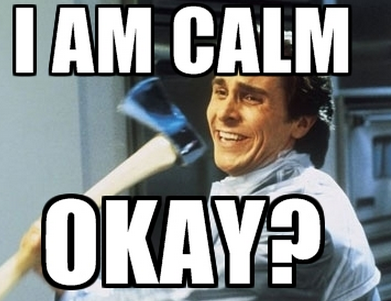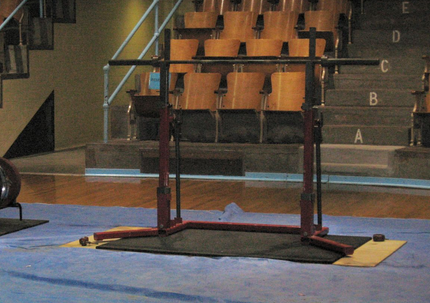Training Age & It’s Implications
So far in Parts 1 and Part 2 we have covered the idea that we need to ensure progressive overload to get stronger, and to do that we need to take deloads now and then. These are then put into a long term programme via periodisation, the way you choose to do this is dependent on many factors. We have also looked at picking rep ranges and how you can pick different ones to emphasise your goals.
Today I am going to share with you some thoughts on how your training age impacts how you set up your periodisation cycles. Regardless of your goals, if you do not set up your training in a way that is specific to your training history, you will not see the progress you desire.

What is Training Age?
By training age I basically mean the amount of time you have been training. However, there is a caveat, because some people train but not appropriately, or with any sort of intelligence (I was one of them). Initially that is fine, you can get away with it as a novice lifter, but to progress past that stage, you need to set your training up with a longer term focus.
So when I talk about training age I mean proper, periodised training with good nutrition to back it up. If you have been lifting 5 years but for 2 of those 5 you were dieting, and 1 of those 5 you were inconsistent with the gym, you sir have a training age of 2 years.
So your training age is the time you have spent lifting with a proper programme and eating in a way to support that training.
Are you a novice, intermediate or advanced lifter?
Once you have the number of years you have been training the next step is determine where that puts you in terms of advancement. Are you still a novice, or have you progressed to an intermediate or even advanced lifter? If you’re reading this and it is all new to you, likelihood is you’re a novice. Many of you will be going into or will be well into the intermediate zone. Very few of us ever reach advanced lifter status.
Intermediate – 6m to 4 years of training
Advanced – 2 years to 6 years of training
What we must remember is that you can actually fall back into different categories. For example, you had been training 3 years but then went travelling for a year and then took another year to get back into a routine. Because you have had such a period of time out, you have gone from intermediate, back to novice status. However, you’d quickly get back up to intermediate with the right training and nutrition.

Also remember that you’re better off under estimating your experience than over estimating it, the stuff that works at the start will work better for someone more advanced than trying to use advanced protocols for someone less trained. So don’t go looking in magazines at the elite lifters and trying to copy their training regimes. Because you’re not ready for that, and it wouldn’t provide you the results you desire.
Right so you now know where you sit in terms of training age and therefore your training status, what does that mean for your programming?
How to periodise appropriately for your training age
So as we progress as lifters the gains we see get slower, and smaller, just like when we lose fat, initially it is easy, but as time goes it takes much more effort and time. As we learnt in Part 1, you need to create enough stress to cause an adaptive response. When you are new to lifting this is easy, but as said, when you progress past this you need heavier loads to cause enough stress to warrant an adaptive response.
As you become more trained you can handle more load, this takes more out of you and therefore you cannot keep using them all the time. This is where periodisation comes in, you build up volume, then reduce it and replace it with intensity, to eventually show some progress in strength. As said in Part 2 we accumulate volume, then we reduce it in place for intensity.

This is where training age comes in, as a noob to weight lifting you can see this progress every single workout. But once you’re an intermediate you will not progress that quickly, it shifts to weekly progress. Past that stage, when you become an advanced lifter you’re doing well to progress every month.
Intermediate – weekly progress
Advanced – monthly progress
The way you therefore set up your training needs to take into account your training age. If you are a novice and go onto an advanced training programme, you are limiting your potential, because you could be gaining daily. Whereas if an advanced lifter tries to progress every single workout, they will stall out. They need to take a longer term perspective, build up their volume and replace it with some heavy highly stimulating loads, over the course of several weeks.
Where there is no Struggle, there is no Strength
So there we have it, you now know that without struggle there is no strength. However, the amount of struggle needs to be appropriate to you training age, and how you select your struggle protocols needs to be specific to your training goals




 In this series I will be telling you why without struggle, there is no strength. What that really means is if you never have to try particularly hard, you’re never going to get better at what you’re doing.
In this series I will be telling you why without struggle, there is no strength. What that really means is if you never have to try particularly hard, you’re never going to get better at what you’re doing.






















